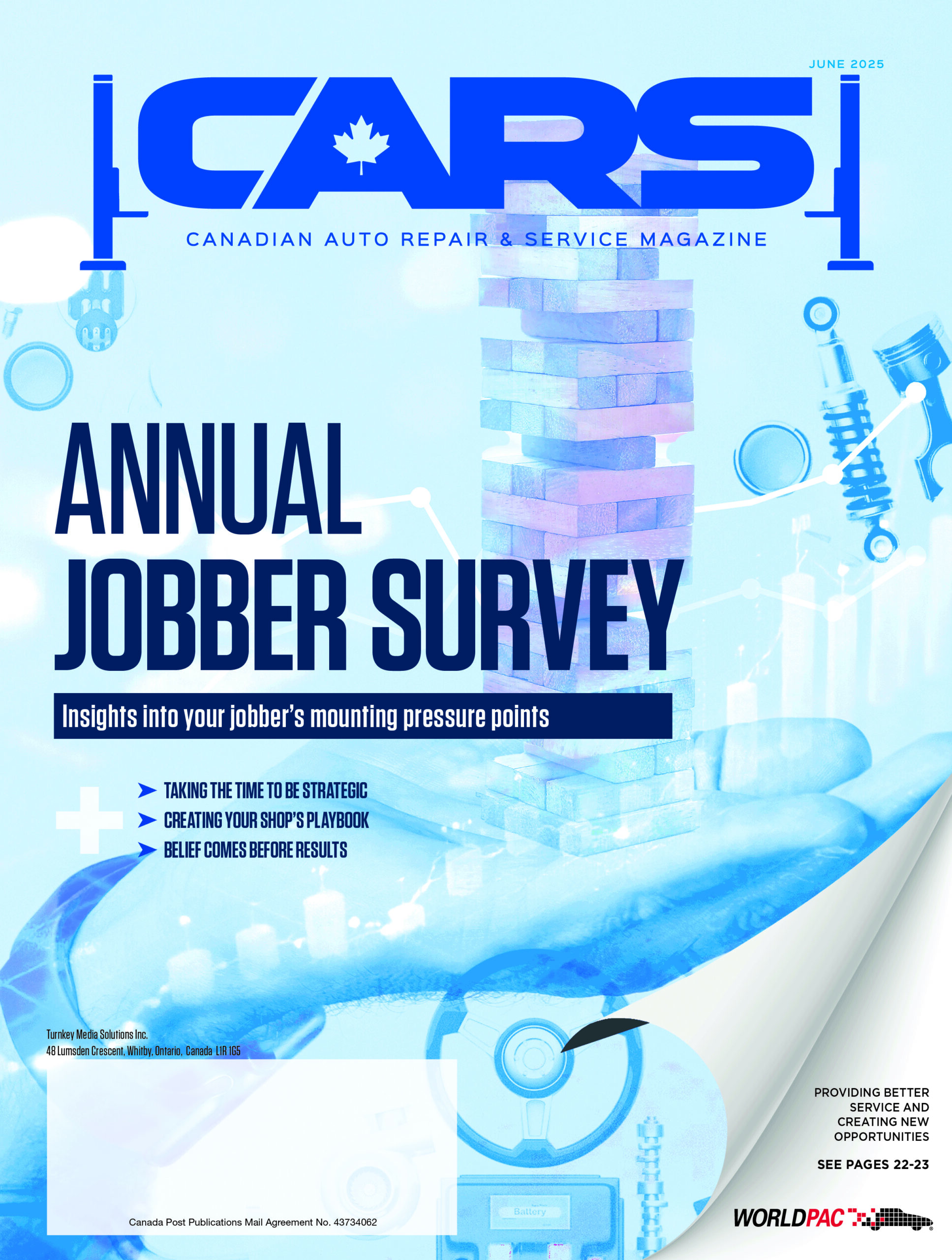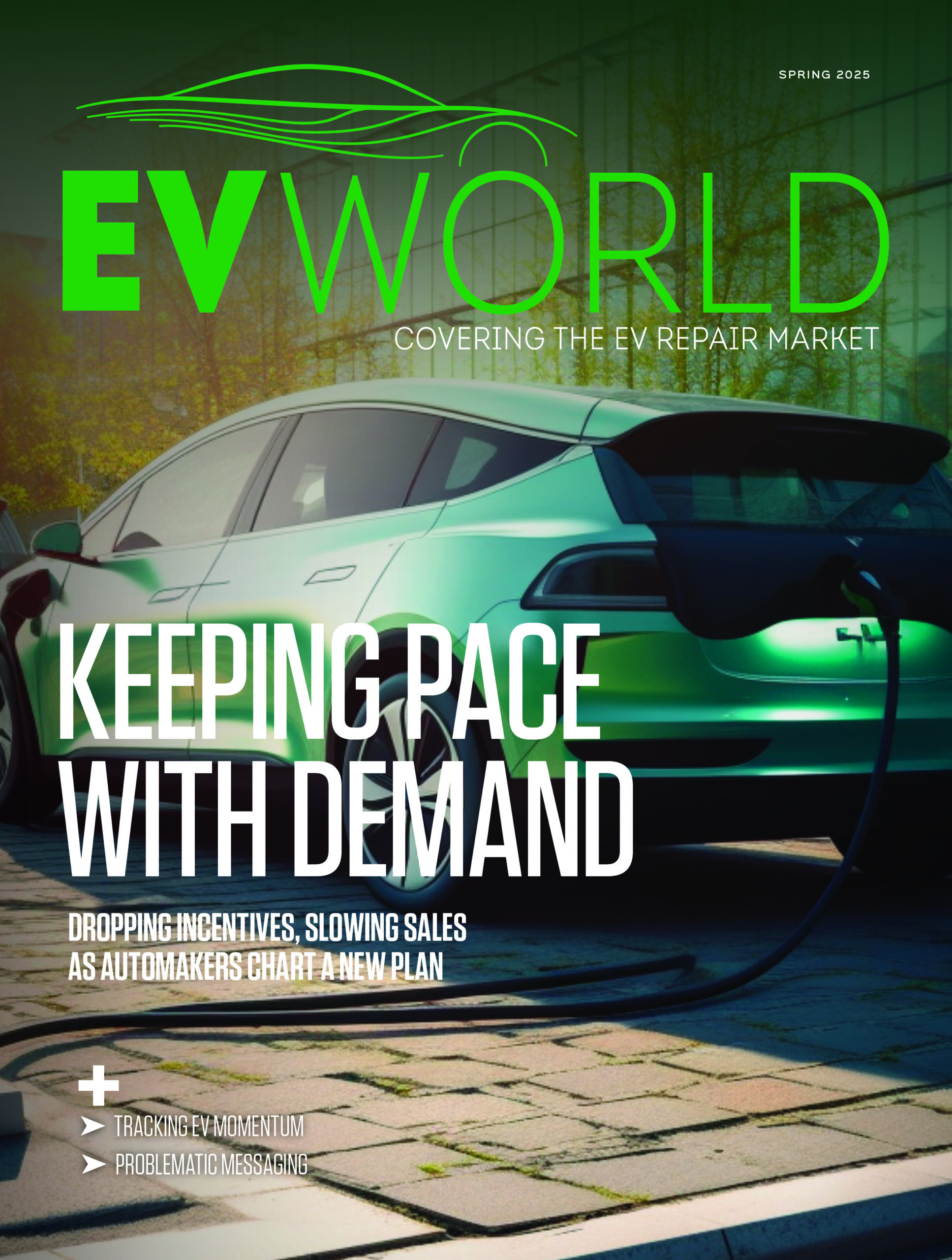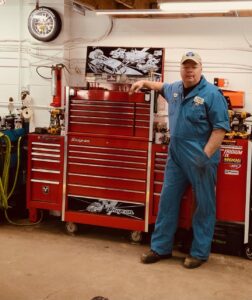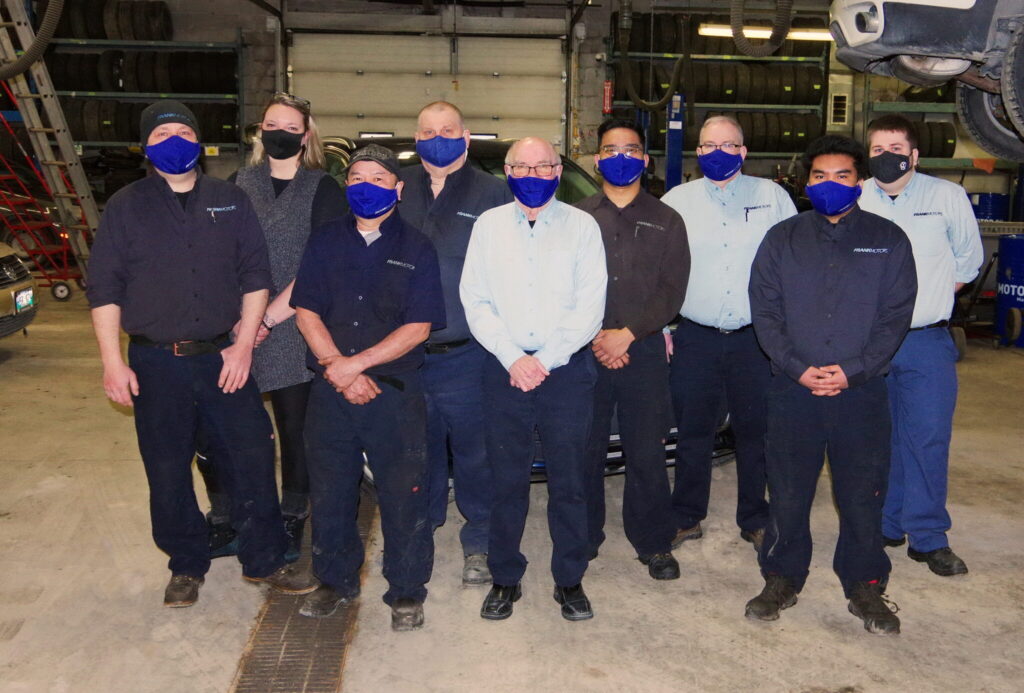
The tragic limo crash in upstate New York that caused 20 fatalities last year stands as one of the most compelling case studies about brake safety on public roads.
The details of the crash are painful to read, but it culminates in the horror of an extraordinarily heavy vehicle descending a steep hill leading to a dead end, without functioning brakes.
The average consumer
could learn a lesson
from fleet operators
who set a high bar
for the brake components
that they purchase.
In a panic situation, with the brake pedal all the way to the floor, a driver needs to know that the vehicle will stop.
Unfortunately, poor quality brake parts that don’t fit as they should, succumb to early corrosion, or literally break apart in critical situations, are still being made around the world and are routinely selected by service providers as a cheap alternative for cost-conscious customers.
Only the tiniest fraction of a fraction of these brakes will contribute to a collision of any sort – much less to a tragedy like the Schoharie, N.Y. crash – but why take the chance?
Next time you’re asked for a cheap alternative, here are some talking points that could convince your customers to specify top-quality brake parts.
Brakes aren’t just any part
North Americans are really good at delaying vehicle maintenance. And among the oft-neglected automotive systems, are brakes – despite their special status as a safety-critical component. According to the U.S.-based Auto Care Factbook 2020 and IMR Inc., there are at least five million cars in need of brake jobs on American roads.
That’s five million vehicles that might have trouble stopping in a panic.
The Global Brake Safety Council, comprised of senior automotive experts promoting brake innovation and safety, have issued warnings that brake failure is an increasingly dangerous problem especially in critical road situations. The reason? The majority of North American cars and trucks have been equipped with cheap imported aftermarket brakes made of black steel prone to rust and premature failure.
The council points out that aftermarket brake pads are not covered by government safety standards, yet comprise the vast majority of brakes on roads today.
While original equipment manufacturers insist on extremely stringent manufacturing processes for their brake components, the aftermarket is not bound by such standards, which opens the door to unscrupulous players to offer deficient quality for the sake of profits.
Informed consumers are demanding quality
The average consumer could learn a lesson from fleet operators who set a high bar for the brake components they purchase. In particular, many police and fire departments will only purchase products that can meet the most stringent tests. Same goes for school buses, heavy commercial vehicles, government utility trucks, and municipal fleets.
Their maintenance programs are geared to safety, yes, but also value. Quality brakes last longer and cost less per kilometers than cheap offshore parts.
Early corrosion is a huge problem
There’s a reason galvanized brake pads make so much sense. Galvanization is a sure-fire remedy for corrosion, which can destroy brake components in a matter of months if left unchecked.
Galvanized pads need to be attached to the backing plate by mechanical means (using hooks, embedded mesh, or spot welds) because glue won’t work. The added expense of the mechanical attachment is worth the cost, though, because it affords greater product durability and longevity.
Galvanization also removes the need for a painted rust-protecting finish, which can be damaged during installation and use. As the coating is chipped or braised, the pad becomes vulnerable to corrosion.
Fit and tolerance really matters
Everyone talks about fit and function… but there’s no function if it doesn’t fit.
Fit issues are a growing challenge as vehicle manufacturers embrace a proliferation of shapes and sizes. Fly-by-night brake companies cannot keep up.
The last thing a technician wants to do, when he gets brake pads that don’t quite fit, is to rebox them and send them back. The delay will end up costing everyone money, so he might be tempted to take a file and “fix” the pad himself. This is a mistake.
Brake pads need to fit snugly or they lose a degree of effectiveness. In addition to inviting corrosion, filing or chipping away a part of the pad introduces performance uncertainties.
Brake tolerances are incredibly tight and they’re calculated to accommodate the expansion and contraction due to thermal changes. Changing the shape of the pad, you don’t know if the part will seize, rattle, or shift. You’re making a very rough calculation that can have deadly repercussions. The simple solution is to put it back in the box, send it back, and ask for a reputable manufacturer’s product.
Quality is worth the extra cost
Measured against the full cost of a brake job, the incremental cost of good quality brake pads is minimal.
On a typical $200 to $350 brake job, few consumers will quibble about the extra $20 or $30 it costs for pads which will perform as intended.
There’s a stand to be taken here. If you care about your customer’s safety, you’ll recommend quality parts that will build trust and that you can stand behind.
If you tell the story correctly, no one’s ever going to buy a cheap brake pad again.
Related Posts
Comments
-
The whole issue would go away if suppliers were mandated to only sell parts that met minimum standards. The government agencies are supposed to be looking out for public safety. Look at the asbestos issue in friction material. Canada was one of the last countries to ban asbestos in friction material. Why can’t Canada lead the way for public safety?
-
20 calls a week come in for price shoppers and a consultive conversation attempt is made with a variety of costs explained . I get 2 of the people in and one takes low price options and other buys premium options . I feel based on the conversations the others take an even lower price elsewhere and likely take the no tax deal that lingers out there . My regular clients often opt for mid grade or premium levels . Good to have my regulars . I wonder about those ones that don’t come that we’re VERY price oriented ? I wonder more about the rotted brake hydraulic line that lurks under the car that would likely be overlooked as well by the lower cost shop thus creating another surprise in panic braking situation . Is it time for further talk about a safety inspection every 2 years on cars 8 years and older ?
-













Leave a Reply